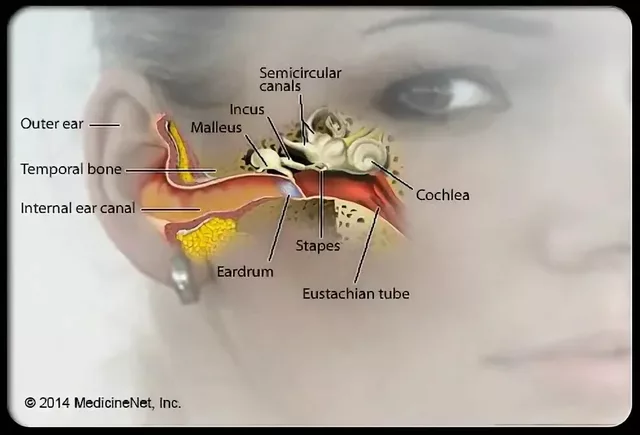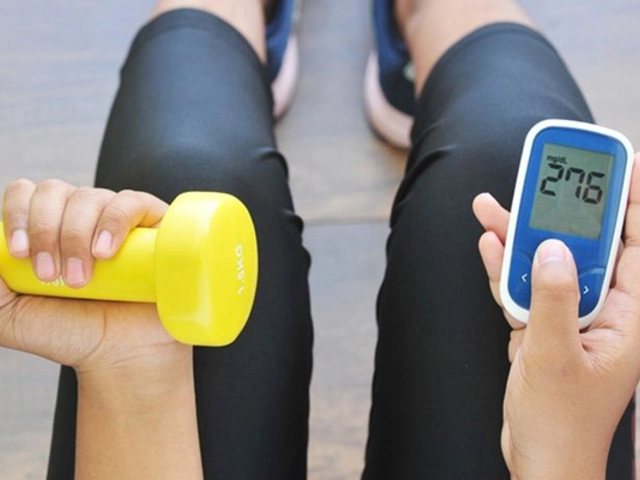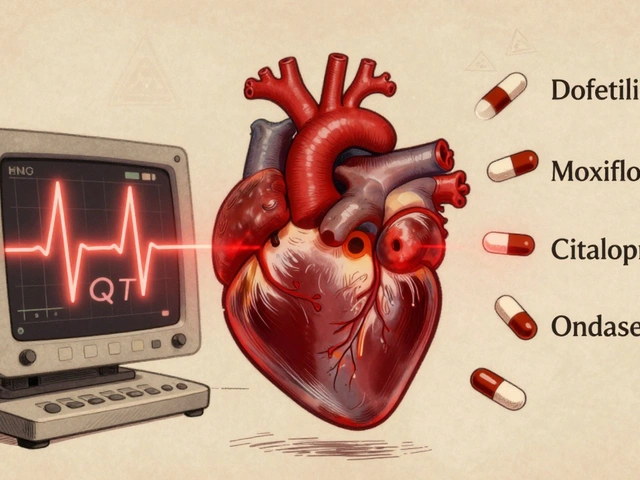Epinephrine Inhaler: How It Works, When to Use It
If you're wondering what an epinephrine inhaler does, here's the short version: it’s a fast-acting medicine that opens airways during sudden breathing problems. People reach for it when wheezing, tight chest, or severe allergic reactions make it hard to breathe. This page explains when it helps, how to use it safely, and what to try instead.
When to use an epinephrine inhaler
Use an epinephrine inhaler only for sudden breathing trouble, not for daily control. It can relieve tight airways in some cases of asthma or allergic reactions. Nebulized or inhaled epinephrine is also used in clinics for certain conditions like croup in children. If you feel a sudden, severe drop in airflow—intense wheeze, struggling to speak, lips or face turning pale or blue—treat it as an emergency and get help right away.
Remember: epinephrine inhalers are for rescue, not maintenance. If you rely on quick-relief doses more than twice a week, talk to your doctor about a better daily plan. Frequent rescues mean your asthma or allergies aren’t controlled.
How to use it and what to watch for
Follow the device instructions. For an inhaler: shake, prime if needed, breathe out, put the mouthpiece in, press and inhale slowly, then hold your breath for a few seconds. If a spacer is recommended, use it—spacers make delivery easier and reduce throat irritation.
Side effects can be obvious: fast heartbeat, shaking, nervousness, headache. Those are common and usually short-lived. But if you have heart disease, high blood pressure, or certain thyroid or diabetes issues, tell your doctor—epinephrine can affect those conditions.
If a single dose doesn’t help within minutes, call emergency services. For severe allergic reactions (hives, throat swelling, dizziness, loss of consciousness), inject epinephrine with an auto-injector if available and get emergency care immediately. Inhaled epinephrine isn’t a substitute for an auto-injector in life-threatening anaphylaxis.
Availability varies by country. Some inhaled epinephrine preparations are prescription-only; others are used in clinics as nebulized medicine. Don’t try to get or use devices without medical guidance. Buying medicine online? Stick to licensed pharmacies and confirm the product with your clinician.
Alternatives include short-acting beta-agonists like albuterol (the common rescue inhaler) and nebulized bronchodilators used in clinics. Long-term control usually relies on inhaled steroids or other maintenance medicines—talk to your provider to build a plan that keeps rescue doses rare.
Bottom line: an epinephrine inhaler can be lifesaving for sudden breathing trouble, but use it correctly and only when needed. If you’re unsure whether it’s right for you, bring your questions to your doctor or asthma nurse and get a clear action plan.

Primatene Mist vs. OTC Inhaler Alternatives: Safety, FDA Status, and Proper Use
Curious about Primatene Mist and other over-the-counter inhalers? This article breaks down how these epinephrine inhalers work, which options the FDA allows, and the essential facts you need for safe use. Get the scoop on what makes these inhalers different from prescription options and what to consider before reaching for one yourself. Explore known benefits, real risks, and user tips—plus smart alternatives if you’re thinking beyond the pharmacy shelf. Whether you've recently spotted Primatene Mist at your local drugstore or are searching for a backup plan, you’ll find the facts and practical advice you actually need.
Read More




